Linear Conduction Heat Transfer Apparatus
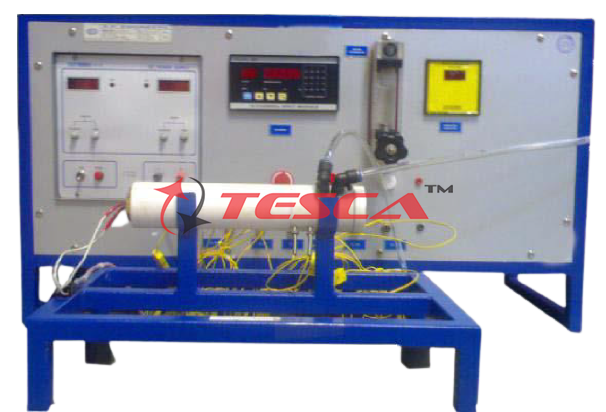
Order Code: 32292
Category: Thermodynamics Lab
Features Complete instrumentation for study of Linear Heat Transfer phenomenon. Direct reading of Temperature, Voltage, Current. Optional Computerized Data Acquisition System. Tesca Linear Conduction Heat Transfer ...
SPECIFICATION
Features
- Complete instrumentation for study of Linear Heat Transfer phenomenon.
- Direct reading of Temperature, Voltage, Current.
- Optional Computerized Data Acquisition System.
Tesca Linear Conduction Heat Transfer has been designed for students to study the phenomena of Linear Heat Conduction. The setup consists of a Heating Section, Cooling Section & Specimens of different metals. The specimens can be fitted in between Heating & Cooling section. Test specimens of same metal or different metals can be clamped in between the heating & cooling sections.
Temperature sensors record the surface temperature along length of the specimen. Instruments are provided to measure the Temperatures, Power Input to heater & Cooling Water Flow rate.
Detailed Operation & Maintenance Manual is provided along with the trainer.
Specifications:
Power Supply with power regulator
Heating Section: MOC Brass, 25 mm Dia, fitted with Cartridge type Heater Capacity – 100 W.
Cooling section: MOC Brass, 25 mm Dia, with cooling water jacket.
Test Specimen:
- Brass section of 25 mm diameter and fitted with two thermocouples at the same intervals.
- Stainless steel section of 25 mm diameter.
- Aluminium section of 25 mm diameter
- Brass section reduced in diameter to 13mm
Steel Frame
Thermocouple sensors
Temperature Indicator
Variable Area water flow meter
Digital Voltmeter
Digital Ammeter
Experiment Capabilities
- Understanding the Fourier rate equation in determining the rate of heat flow through solid materials
- Measuring the temperature distribution for steady state conduction of energy through a uniform plane solid and a composite plane solid
- Determine the constant of proportionality (thermal conductivity) of different materials (conductors and insulators)
- Measuring the temperature drop at the contact face between adjacent layers in a composite plane solid
- Measuring the temperature distribution for steady state conduction of energy through a plane solid of reduced cross sectional area
- Understanding the application of poor conductors (insulators)
- Observing unsteady state conduction (qualitative only)
Services Required
Electric Supply 230 V AC, 16 A, Single Phase, Earthed.
Tap water supply & drainage

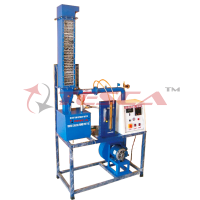
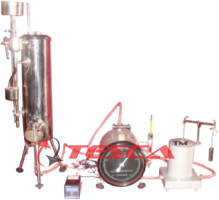

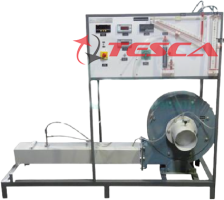
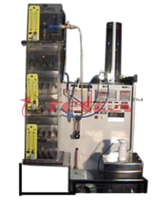

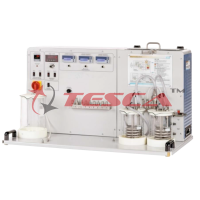
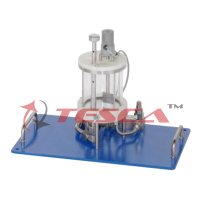
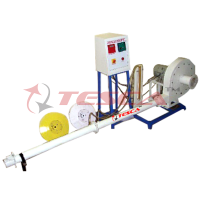

 91-9829132777
91-9829132777